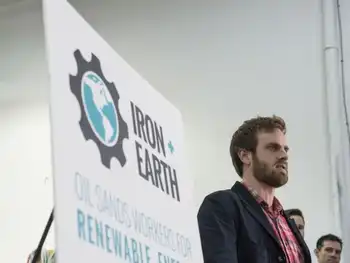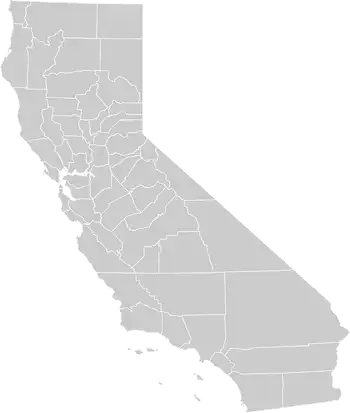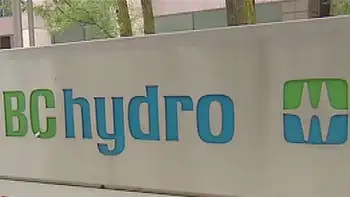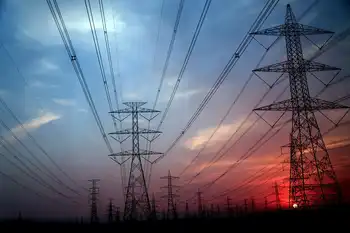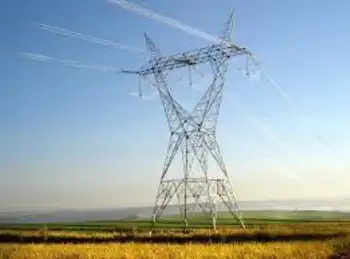The hybrid effect on power distribution
By Electricity Forum
Arc Flash Training CSA Z462 - Electrical Safety Essentials
Our customized live online or in‑person group training can be delivered to your staff at your location.

- Live Online
- 6 hours Instructor-led
- Group Training Available
A recent Oak Ridge National Laboratory study, featured in a recent issue of the ORNL Review examined how an expected increase in ownership of hybrid electric cars and trucks will affect the power grid depending on what time of day or night the vehicles are charged.
Some assessments of the impact of electric vehicles assume owners will charge them only at night, said Stan Hadley of ORNL's Cooling, Heating and Power Technologies Program.
"That assumption doesn't necessarily take into account human nature," said Hadley, who led the study. "Consumers' inclination will be to plug in when convenient, rather than when utilities would prefer. Utilities will need to create incentives to encourage people to wait. There are also technologies such as 'smart' chargers that know the price of power, the demands on the system and the time when the car will be needed next to optimize charging for both the owner and the utility that can help too."
In an analysis of the potential impacts of plug-in hybrid electric vehicles projected for 2020 and 2030 in 13 regions of the United States, ORNL researchers explored their potential effect on electricity demand, supply, infrastructure, prices and associated emission levels. Electricity requirements for hybrids used a projection of 25 percent market penetration of hybrid vehicles by 2020 including a mixture of sedans and sport utility vehicles. Several scenarios were run for each region for the years 2020 and 2030 and the times of 5 p.m. or 10 p.m., in addition to other variables.
The report found that the need for added generation would be most critical by 2030, when hybrids have been on the market for some time and become a larger percentage of the automobiles Americans drive. In the worst-case scenario — if all hybrid owners charged their vehicles at 5 p.m., at six kilowatts of power — up to 160 large power plants would be needed nationwide to supply the extra electricity, and the demand would reduce the reserve power margins for a particular region's system.
The best-case scenario occurs when vehicles are plugged in after 10 p.m., when the electric load on the system is at a minimum and the wholesale price for energy is least expensive. Depending on the power demand per household, charging vehicles after 10 p.m. would require, at lower demand levels, no additional power generation or, in higher-demand projections, just eight additional power plants nationwide.






